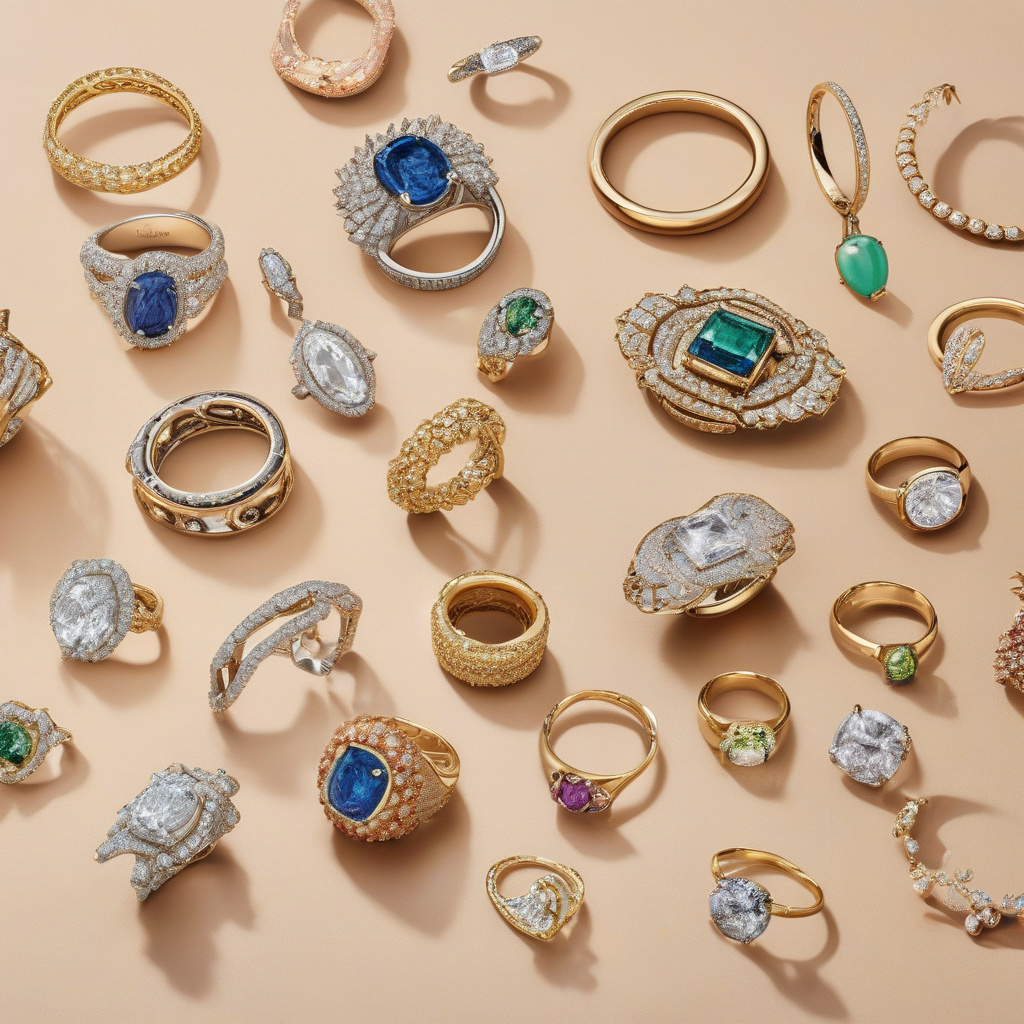How Small Jewellery Brands Are Seizing The Moment
In an industry dominated by titans such as Cartier and Tiffany, small independent jewellery brands are finding unique opportunities to carve out their niche. While these established giants have long been synonymous with luxury and prestige, the ever-changing landscape of consumer preferences, economic uncertainty, and cultural saturation has created a fertile ground for smaller players to thrive.
The luxury market is currently facing a variety of challenges. Economic uncertainty has made consumers more cautious in their spending habits. As inflation rises and disposable income fluctuates, many individuals are reevaluating their luxury purchases. Rather than investing in high-ticket items from renowned brands, consumers are increasingly turning towards independent jewellery brands that offer unique designs at more accessible prices.
Small jewellery brands often have the advantage of agility and flexibility. Unlike larger corporations bound by extensive bureaucratic processes, these independent companies can quickly adapt to market changes and consumer trends. For example, many small brands focus on sustainable practices and ethical sourcing of materials, appealing to a growing demographic of environmentally-conscious consumers. By showcasing their commitment to sustainability, these brands not only differentiate themselves from larger competitors but also build a loyal customer base that values transparency and responsibility.
Moreover, the cultural oversaturation of the luxury market has led consumers to seek authenticity and uniqueness in their purchases. The rise of social media has amplified this desire for individuality, as consumers showcase their personal style online. Small jewellery brands can leverage this trend by creating distinctive pieces that resonate with their target audience. By focusing on storytelling and craftsmanship, these brands are able to connect with consumers on a deeper level, creating an emotional bond that larger brands often struggle to achieve.
Additionally, the political landscape, particularly the Trump administration’s fluctuating trade policies, has added complexity to the luxury market. For major brands, navigating tariffs and trade restrictions with countries like China has become a significant hurdle. The sluggish recovery of the Chinese market post-pandemic has compounded these challenges, creating uncertainty for large corporations that rely heavily on global supply chains. In contrast, small jewellery brands often operate on a smaller scale, allowing them to be more nimble in their operations. They can source materials locally or from other regions less affected by trade tensions, ultimately reducing their exposure to these external pressures.
An example of this shift can be seen in brands like Mejuri and Missoma, which have gained traction in recent years by focusing on direct-to-consumer sales and a strong online presence. Their marketing strategies emphasize authenticity and community, encouraging customers to share their experiences through social media. This grassroots approach not only builds brand loyalty but also creates a sense of belonging among consumers who appreciate the personal touch that independent brands provide.
Furthermore, small jewellery brands are harnessing the power of e-commerce to reach a broader audience. With the proliferation of online shopping, these brands can establish a global presence without the overhead costs associated with physical retail locations. By investing in user-friendly websites and effective digital marketing strategies, independent jewellery companies can attract customers from diverse backgrounds and geographical locations.
The rise of platforms such as Etsy and Shopify has also democratized the retail landscape, allowing small brands to showcase their products to a wider audience. These platforms provide the necessary tools for independent jewellers to set up online shops, manage inventory, and engage with customers, thus leveling the playing field with larger competitors.
In conclusion, while the luxury market faces significant challenges, small jewellery brands are finding ways to capitalize on the current climate. By prioritizing sustainability, authenticity, and innovative marketing strategies, these independent companies are carving out a space for themselves in an industry often overshadowed by giants. As consumers increasingly seek unique and meaningful purchases, the future looks bright for small jewellery brands willing to adapt and engage with their audience.
#JewelleryTrends, #SmallBusinessSuccess, #LuxuryMarket, #SustainableFashion, #EcommerceGrowth
